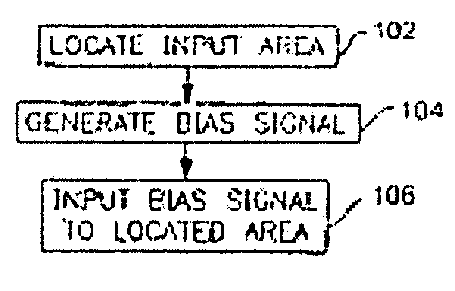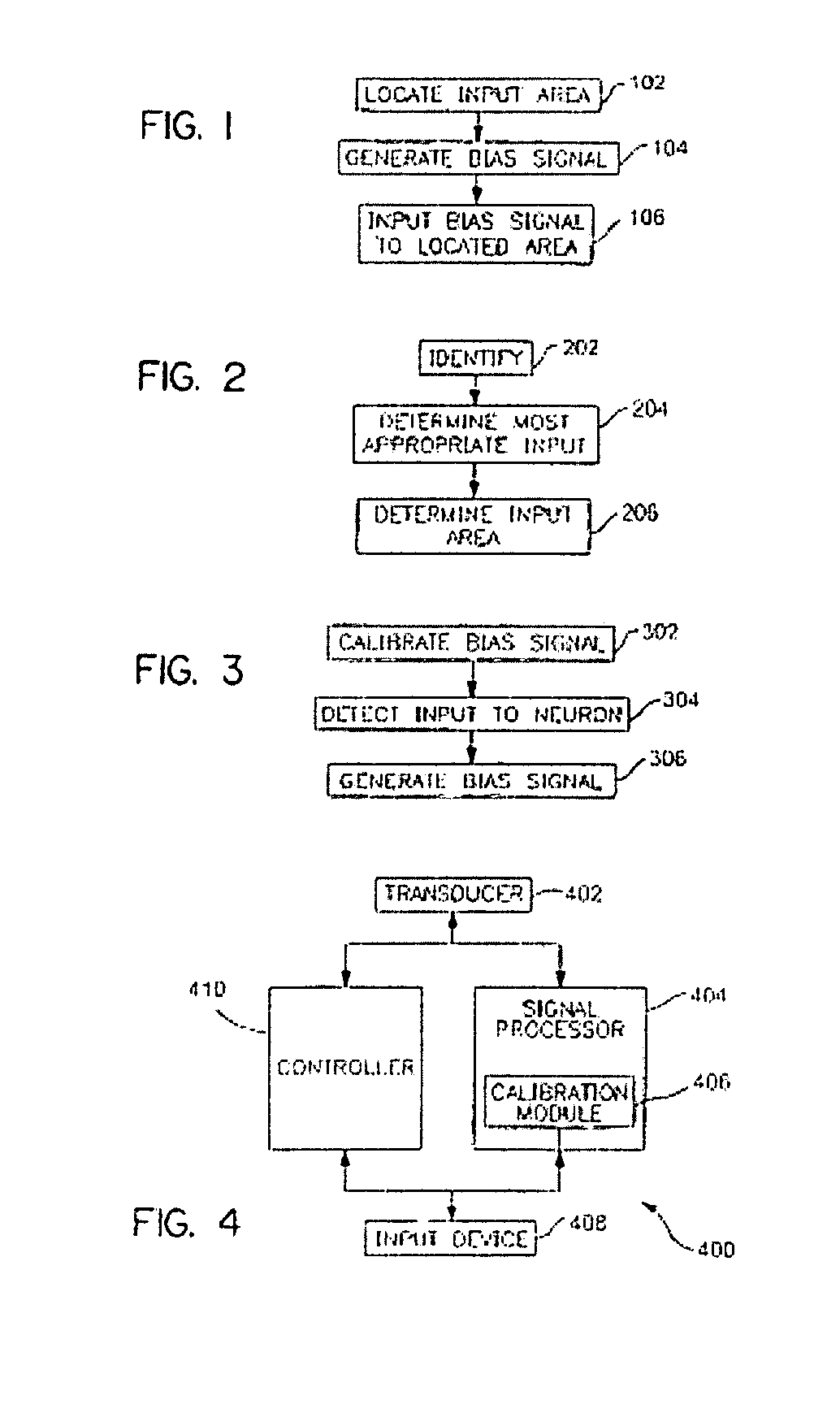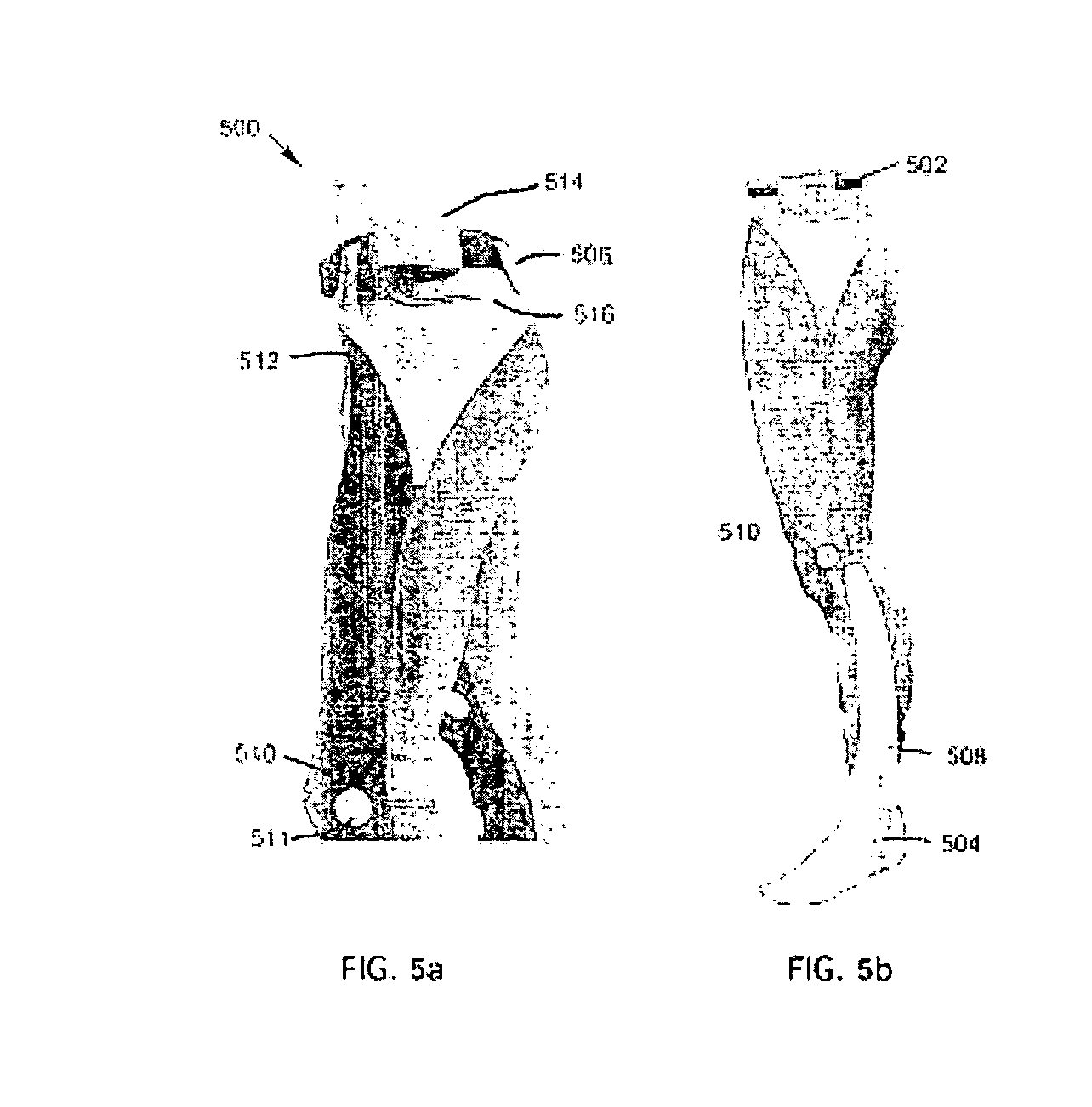System and method for neuro-stimulation
a neurostimulation and system technology, applied in the field of neurostimulation system, can solve the problems of most people with significant motor deficits, and achieve the effects of reestablishing sensorimotor function, enhancing sensory cell function, and increasing the ability to transmit sensory information
- Summary
- Abstract
- Description
- Claims
- Application Information
AI Technical Summary
Benefits of technology
Problems solved by technology
Method used
Image
Examples
Embodiment Construction
[0049] Throughout this specification and the drawing figures associated with this specification, numerical labels of previously shown or discussed features may be reused in another drawing figure to indicate similar features.
[0050] The preferred embodiments of the present invention provide a method and system for improving sensorimotor performance of humans, non-human mammals, and non-mammalian animals, hereinafter termed “subjects.” Improvements in sensorimotor performance are meant to include immediate, i.e., acute, effects, such as improved dynamic joint stability, and more durable effects as would result from neuroplastic changes in the PNS or CNS. The method comprises inputting a bias signal to sensory cells of the subject, so as to improve the function of those sensory cells by effectively lowering their threshold of firing, while the subject engages in physical activity. Such physical activity may or may not be specifically pre-defined depending upon the desired outcome. Act...
PUM
 Login to View More
Login to View More Abstract
Description
Claims
Application Information
 Login to View More
Login to View More - R&D
- Intellectual Property
- Life Sciences
- Materials
- Tech Scout
- Unparalleled Data Quality
- Higher Quality Content
- 60% Fewer Hallucinations
Browse by: Latest US Patents, China's latest patents, Technical Efficacy Thesaurus, Application Domain, Technology Topic, Popular Technical Reports.
© 2025 PatSnap. All rights reserved.Legal|Privacy policy|Modern Slavery Act Transparency Statement|Sitemap|About US| Contact US: help@patsnap.com



